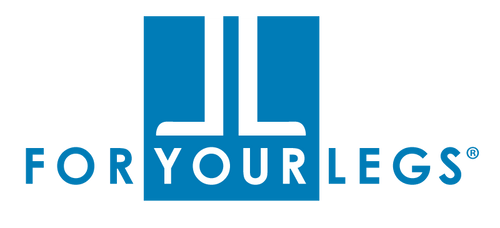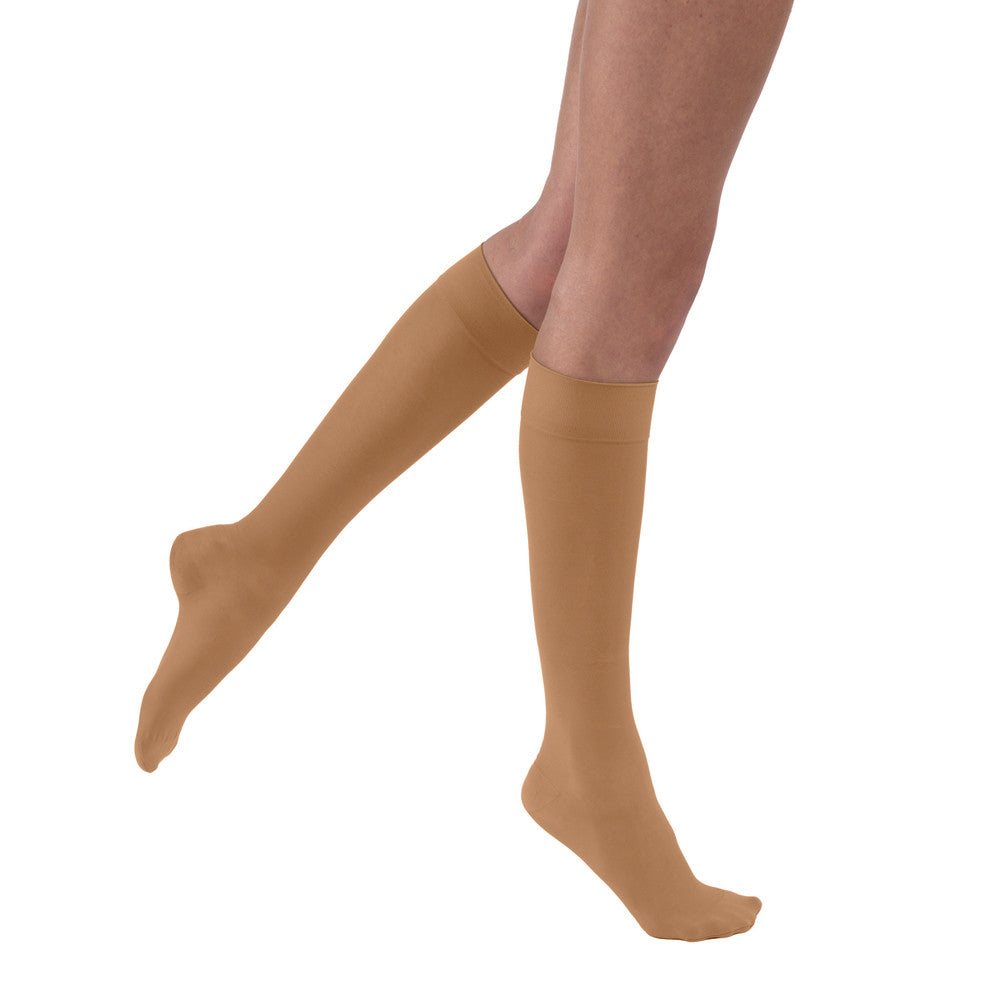Staying in the Loop: What You Should Know about Venous Disease Treatments
If you’re one of the 80 million Americans living with venous disease, you’ve probably got a couple questions on your mind: What are my treatment options? Is there a cure? Will insurance cover this?
Whether you’re recently diagnosed with a venous disease or just beginning to notice symptoms, there is a lot of info out there to help answer those questions.
Let’s discuss!
There’s no cure—but there is relief
Venous disease is an incurable, chronic, and progressive condition that causes pain and discomfort for the patient, not to mention self-consciousness and low self-esteem if they’ve got visible symptoms. If left untreated, venous disease can lead to the development of serious and potentially life-threatening conditions such as lipodermosclerosis, superficial venous thrombophlebitis, ulcerations, and deep vein thrombosis.
Thankfully, treatments and therapies are readily available that effectively reduce the risks of disease progression by addressing symptoms and, in most cases, removing the malfunctioning vessels. From conservative treatments and minimally invasive outpatient procedures to invasive surgeries, there are a number of options through which patients can achieve relief and reclaim their quality of life.
Many patients adopt simple lifestyle changes to maintain their vascular health. Taking regular walks, wearing compression stockings and loose-fitting clothing, elevating the legs when possible, and avoiding long periods of sitting are small changes that go a long way in managing symptoms and supporting proper blood flow!
Insurance coverage may vary
The big question on the minds of the recently diagnosed is whether or not insurance will cover their venous treatments. The short answer? Yes, insurance providers will cover symptomatic venous disease.
The operative term here is “symptomatic.” Usually, venous treatments are considered to be cosmetic procedures, and therefore non-reimbursable; however, most insurance companies recognize the medical necessity of these surgeries and will cover treatments provided specific symptoms are present, such as aching and pain in the legs, heaviness, throbbing veins, or swelling. Oftentimes they’ll require evidence that previous conservative therapies like leg elevation or medical-grade compression garments have failed; they may also want a documented ultrasound evaluation of the patient’s veins to demonstrate venous reflux is present.
The exact criteria for insurance coverage varies by provider, so be sure to double-check with yours. Most require prior authorization; if that’s the case, talk to your primary care physician or vascular surgeon about how to obtain this.
There’s no age limit for venous disease
When we think about venous disease, we often think of it as almost exclusively affecting older people, but the truth is venous disorders like varicose veins, chronic venous insufficiency, and deep vein thrombosis can affect men and women of all ages, and it’s more common in young people than one might expect.
Because genetics account for about 80% of venous disease, it is not uncommon for it to develop in young adults and teenagers. A number of factors may also contribute to venous disease in teens, such as hormonal changes during puberty, taking birth control medication, wearing tight clothing, sitting for long periods, and being overweight or obese. As with adults, treatment and management of symptoms are key in maintaining overall health and curbing the progression of the disease.
No matter your age, it is important to be mindful and aware of your venous health. Are you at risk? Have you noticed your legs or ankles are more swollen than usual? Are you experiencing any heaviness or pain in your legs? Call your doctor to schedule a venous health screening, and to discuss your options. You and your health are well worth it!
SOURCES
“A Flower Mound Vascular Doctor Says ‘If You Think You’re Too Young to Get Vein Disease, You Should Think Again’.” Flower Mound Vein Center. Flower Mound Veins, 2016. Web. Retrieved from http://flowermoundveins.com/flower-mound-vascular-doctor-says-think-youre-young-get-vein-disease-think/
“Are Procedures to Remove Vericose Veins Covered by Most Insurance Providers?” Ask a Doctor Forum. RealSelf, Inc., 2015. Web. Retrieved from https://www.realself.com/question/procedures-remove-vericose-veins-covered-insurance-providers
“Frequently Asked Questions.” Advanced Vein Center. Web. Retrieved from http://www.betterveins.com/faqs.aspx
“Frequently Asked Questions.” Vein Healthcare Center. 2013. Web. Retrieved from http://www.veinhealthcarecenter.com/patient-information.php?Frequently-Asked-Questions-1
“Not a Grandmother’s Disease: Young Adults Get Varicose and Spider Veins Too.” Vein Clinics of America. 2015. Web. Retrieved from http://www.veinclinics.com/2015/12/11/not-a-grandmothers-disease-young-adults-get-varicose-and-spider-veins-too/



Hi Robert! We do carry those stockings. You can find them here: https://www.foryourlegs.com/collections/mediven-forte-compression-socks-stockings/products/mediven-forte-30-40-mmhg-open-toe-knee-high-with-silicone-top-band-extra-wide-calf
I’m looking for some Mediven Forte stockings, calf extra wide, CCL2 size V with the silicone “dots” on the top 1-1/2” (approx) open toe.
Are you a provider for Humana Medicare Advantage?
Leave a comment